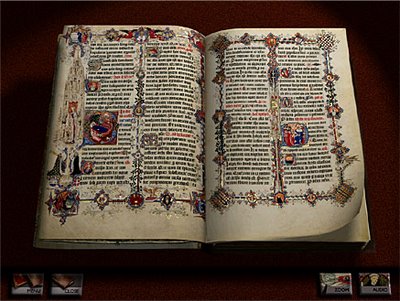 Thinking about the Pulp Function competition I wrote about yesterday, I realized that books were not mentioned in the blurb about the exhibition but I hope book artists will consider entering. I think a survey of contemporary paper art should include books and there are a lot of book artists who use paper in innovative ways. Daniel Essig is one of them.
Thinking about the Pulp Function competition I wrote about yesterday, I realized that books were not mentioned in the blurb about the exhibition but I hope book artists will consider entering. I think a survey of contemporary paper art should include books and there are a lot of book artists who use paper in innovative ways. Daniel Essig is one of them.Daniel is a full-time studio artist in Asheville, North Carolina. His interest in book arts grew from his introduction to handmade books while he was studying photography at the University of Illinois at Carbondale. One of the first books he made, before he knew how to bind, was an altered book in which he placed his photographs so that viewers had to explore them actively, rather than just wandering past images mounted on a wall.
Around this time, Daniel visited his sister in Iowa City and met her friend, Al Buck, who was making wooden-covered Coptic books, a binding used around the fourth century, in Ethiopia, North Africa. Al followed up and sent Daniel a book he had made with instructions. It took awhile, nearly two years, but Daniel eventually made a book with which he was satisfied.
After completing his degree at Carbondale, Daniel’s mentor Frances Lloyd Swedlund encouraged him to attend the Penland School of Crafts, where he concentrated exclusively on the Ethiopian coptic book structure. Another mentor, Dolph Smith, helped push Daniel beyond the simple Ethiopian book, to developing his bridge books using the same coptic binding, but with exaggerated elements.
It is interesting to note that Daniel still relies on the idea of the altered book. Some of the bridge books (one pictured here) contain well over 1000 pages. Not being able to afford too much new paper, Daniel searches for books with mangled spines and covers but good quality paper to use in his work. He says he does not have a problem with the practice of tearing up old books, because the books he alters are not rare, and they've already lived their lives.










